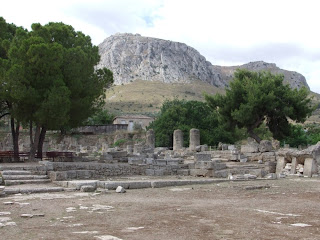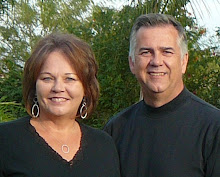June 18 – 20, Friday – Sunday
The bus took us through the city of Athens to the port where we got on our cruise ship, the Aegean Pearl. We settled into our room and then enjoyed the sun and good conversation with others as we ate our lunch on the deck. We landed in Mykonos, also called Little Venice. A bus took us from the ship to the edge of Mykonos and then we walked into the city. It was a relaxing evening, enjoying the waterfront town, old windmills, beautiful water and shopping in the stores of local artists.
Mykonos
Windmills on Mykonos
The ship sailed through the night as we tried to sleep in our tiny cabin. The next morning we were at the port city of Kusadasi, Turkey where we got on a bus to go to Ephesus. We walked through the ruins of ancient Ephesus, including the theatre from which Paul spoke to the Ephesians. We also saw the prison where they most likely took him when he was arrested.
The Holy Street of Ephesus where Paul walked
The Library of Ephesus in front of which Paul proclaimed the gospel
Behind us is the 24,000 seat Ephesian theatre
The ship sailed again in the afternoon, taking us to the island of Patmos. Here we walked up a steep cobblestone street to the place where John may have received the vision from Jesus, recorded in the book of Revelation. We toured the Greek Orthodox Church which is believed to be built over the cave where John lived.
View of Patmos and the harbor from the area of John's cave
The fortress monastary built over the site of the cave of John
Saturday night was Greek night on the ship with a Greek meal and show. We sailed through the night, docking the next morning at Heraklion, on the island of Crete. After a tour of the Palace of Knossos we again sailed, this time to the beautiful island of Santorini. The ship came into harbor, surrounded by cliffs created by a volcano. Smaller boats tendered us to the island, where we got on a lift to get to the top of the island for an incredible view, lots of walking and a bit of shopping.
Palace of Knossos - King Minos' room
Palace of Knossos

The first paved road according to archeologist is this Minoan road
Thira on the Island of Santorini
View from the city of the ocean crator
Temperatures have been in the mid-nineties. We continue to climb lots of steps, walk lots of hills, hear a lot about the Greeks and Romans and get a clearer understanding of the impact history has had on Christianity.

















































